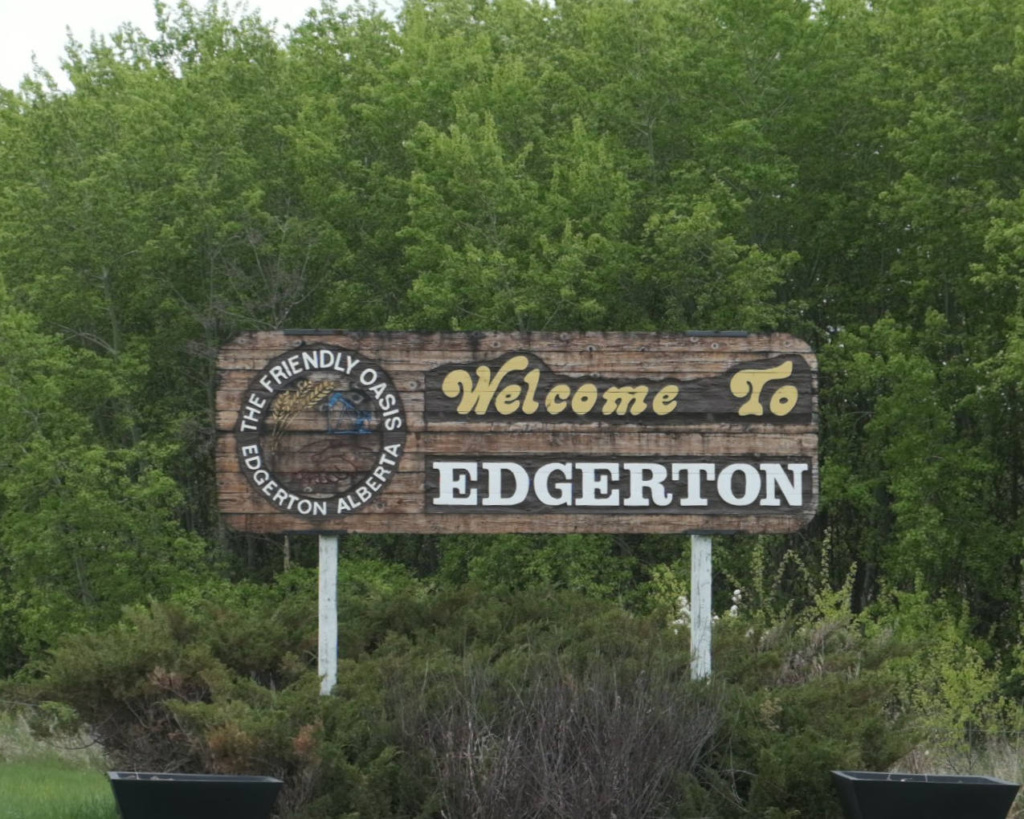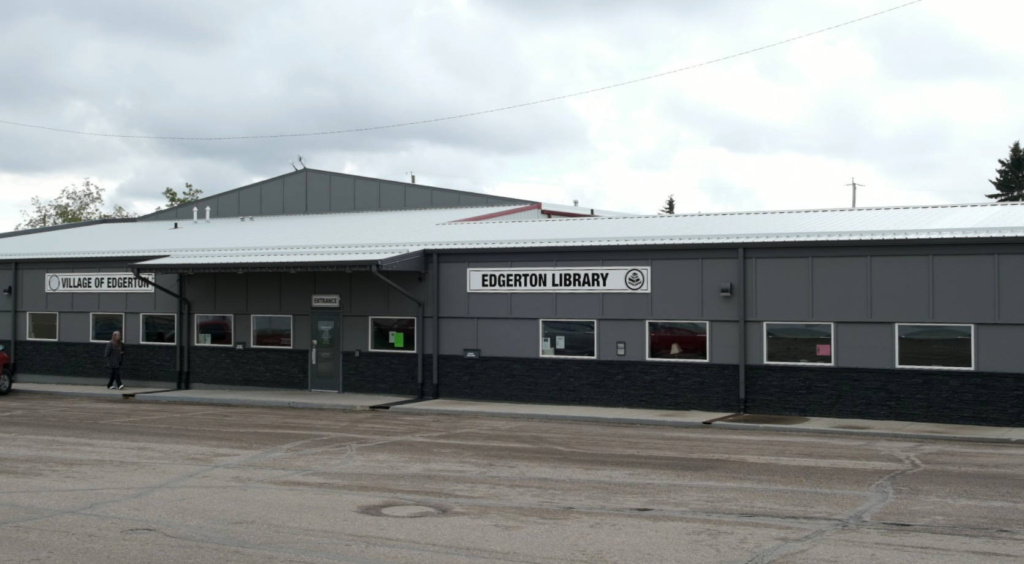Located in the heart of Alberta, Edgerton is a town with a rich history and a vibrant community spirit. This small but proud town offers a unique glimpse into the pioneering days of Canada’s West. With roots tracing back to the arrival of the railways, Edgerton’s story is one of resilience, community, and growth. Let’s delve into what makes Edgerton a noteworthy destination.
Edgerton owes its existence to the railway, a common story among prairie towns. In 1908, the railway reached the site of what would become Edgerton, opening the door for settlement and development. By 1909, the town site was surveyed north of the tracks, and buildings began to appear almost overnight. The town was named after a railway worker who insisted on adding a ‘D’ to ensure its proper pronunciation.

The early 20th century was a time of rapid growth for Edgerton. The first school, a single-room building capable of accommodating fifty to sixty students, was built in 1910. This was followed by the construction of the Edgerton Station in 1911, which became a central hub for the community. The village was officially incorporated on September 11, 1917, marking the formal establishment of local governance. The first council meeting was held later that year, on December 17.
Like many communities across Canada, Edgerton faced significant challenges during the Great Depression of the 1930s. The town’s council struggled to maintain services as meetings became irregular due to financial constraints. Despite these difficulties, the council made the extraordinary decision to use village funds to cover medical expenses for citizens. These loans were repaid slowly or worked off through community service, highlighting Edgerton’s strong sense of solidarity and mutual support.
Religion has always played a vital role in Edgerton’s community life. The Church of England began services in the area in 1909, initially holding gatherings in homes or halls. However, the need for a dedicated space led to the construction of St. Mary’s Anglican Church in 1927. This church was built by volunteers in just thirty-six days on a modest budget of one thousand dollars, and it continues to serve the community to this day.

The United Church has also been a significant presence in Edgerton. Originally part of the Methodist order, the church built its first structures in 1911. Over the years, these buildings were expanded and renovated, culminating in the erection of the current Faith United Church building in 1966.
Interestingly, despite a significant Irish population in the area, the Roman Catholic Church was established relatively late, in 1927. Initially served by priests from nearby Wainwright, the church’s services were eventually taken over by the Chauvin parish in the late 1940s. However, these services did not continue indefinitely, and the church was eventually dismantled, with the property being acquired by the United Church.
Edgerton’s history is marked by several key dates and events:
- The first recorded presence of a white man in the area was Anthony Henday in 1754.
- The first settlers arrived in the northern part of the area in 1905 and the southern part in 1906.
- The railway reached Edgerton in 1908.
- The first school opened in 1910.
- The first church was established in 1911.
- The railway station was completed in 1912.
- The village was incorporated in 1917.
- Edgerton celebrated its centennial homecoming from August 11-13, 2017.

Edgerton’s centennial celebration in 2017 was a significant event, bringing together residents and visitors to honour the town’s rich history. This event showcased the enduring spirit of the community and its commitment to preserving its heritage while looking forward to the future.
Edgerton, Alberta, may be a small town, but it boasts a big history. From its early days as a railway stop to its present-day community, Edgerton has demonstrated resilience and a strong sense of community. Whether you’re a history buff, a resident, or a visitor, Edgerton offers a fascinating glimpse into the pioneering spirit that built the West.
